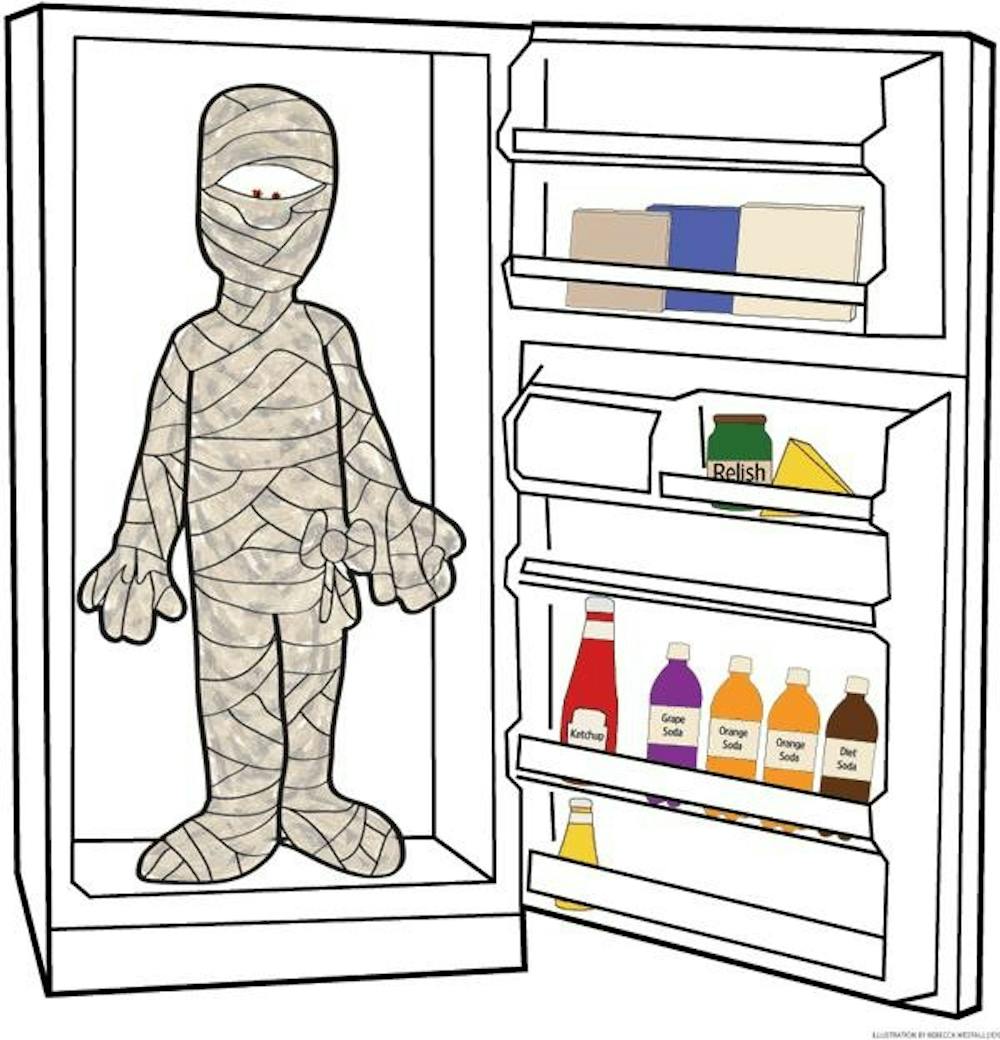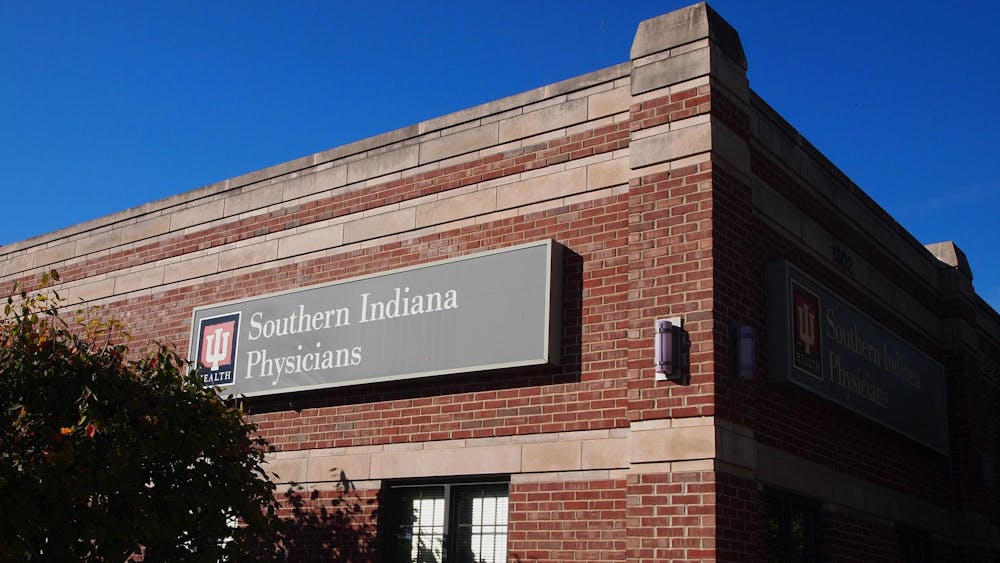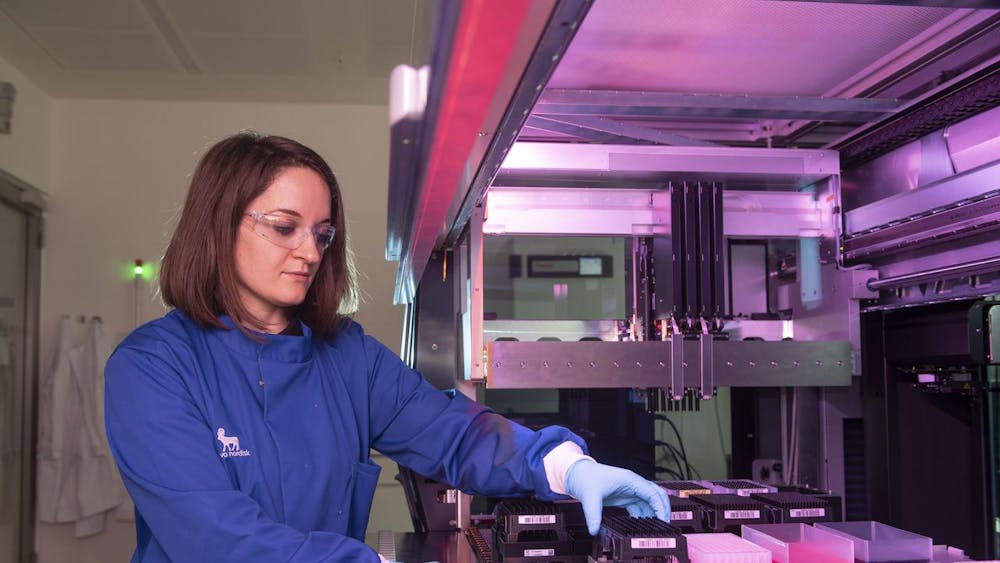Dear Suzie Q.,
In this age of modern refrigeration, why are people still embalmed?
To answer your question, we need to first ask a more basic one.
What happens when we die?
All (insert religion of choice) discussions aside, our bodies stop functioning pretty darn soon after death. Cellular processes stop, waste accumulates, brain signals cease to fire.
Basically, decomposition begins.
The problem is, we have a certain burial tradition in this country. It usually involves a wake or viewing, then a burial a few days later. So we need a way to slow this decomposition, so we don’t have to ... well, view a rotting corpse.
That’s not the last vision of Auntie Mildred that most people want to remember.
One way to do this is by refrigeration, as you mentioned. Humans are made of meat, and how do you keep raw meat from spoiling? Chuck it in the fridge. Cooling slows down cellular processes and postpones decay.
If you refrigerate a body before burial, you don’t have to embalm, said Matthew Mulligan, administrator of the Nathan Butler Funeral Home in Worthington, Ind.
With refrigeration, “you can have a short viewing at graveside, maybe for about an hour,” he said.
But if you want the more traditional wake-and-longer-funeral arrangement, embalming is probably the way to go.
To embalm a body, first you have to remove the blood. Then you take a solution of formaldehyde and inject it, usually through the carotid artery. It takes about two gallons of embalming fluid on average, Mulligan said.
Formaldehyde works as a preservative because it reacts with the proteins in our cells, cross-linking them together, similar to the structure of plastic. And by changing the chemical structure of the proteins, decomposition slows down.
Slows, but doesn’t stop.
“Embalming fluid is only a temporary solution,” said Alison Doubleday, a lecturer of anatomy and cell biology.
She should know.
Doubleday teaches gross anatomy, where the class centerpiece is cadaver dissection. She said they receive cadavers already embalmed and use the same bodies throughout the year.
“We do start to see some decomposition over the year,” she said.
They have to continually add more fluid to keep the bodies preserved. For the undergraduate labs, they actually put the bodies in a tank filled with embalming fluid.
(Note to self: never wander into random labs in Jordan Hall.)
They don’t use so much formaldehyde that the bodies get rubbery, she said, but some organs get firmer than others, like the lungs and liver.
This is where the scientist in me leaped up and yelled, “But what does embalmed flesh really look like?”
No, I did not ask to view cadavers. I used the next best thing: raw chicken.
I took some raw chicken and dropped it into a 37 percent formaldehyde solution. I also took a syringe and injected the solution into another piece. (This is a higher percentage than what is used in funeral or medical preparations, but hey, it was what I could find.)
After one hour, the chicken looked cooked. It also bounced. Not as high as a super ball, but much higher than raw chicken. (See the video here.)
If you’re not into the embalming idea, you’re not alone. The United States and Canada are the only countries that commonly embalm their dead, according to funerals.org. So refrigeration is a reasonable alternative.
In the end, this grave choice is up to you.
– Ask Suzie Q. Scientist – where the ‘Q’ stands for questioning – is a new column written by chemistry doctoral student Leigh Boerner.Have a science question? Send it to AskSuzieQ@gmail.com. Please don’t be shy; this question was submitted by Suzie’s husband, and she really doesn’t want to go there again.
Eternal rest with plenty of formaldehyde
With Halloween just days away, columnist looks into the embalming process

Get stories like this in your inbox
Subscribe





